Dinosaurs were once the rulers of the earth, ruling the land for 160 million years. There are too many unsolved mysteries about dinosaurs, how did they become extinct, how did they mate, etc. How much do you know? Let’s find out more with this theme group.
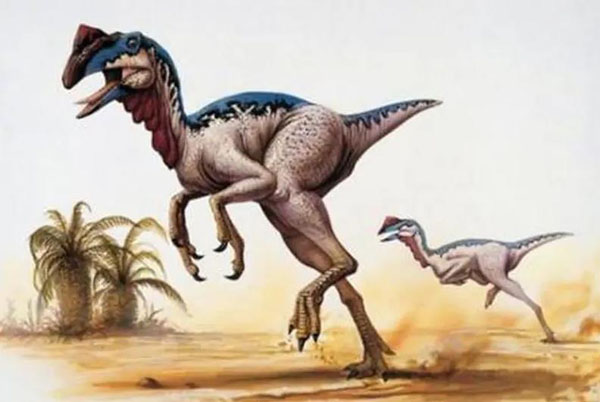
1. How did dinosaurs mate
All dinosaurs hatch from dinosaur eggs, but how dinosaurs mate to produce the next generation is unclear. Evidence of dinosaur mating cannot be fossilized, and paleontologists have yet to find any fossilized traces of dinosaur embraces. Even the basic anatomy of dinosaurs remains a mystery.
2. The first dinosaur
For paleontologists, any species with the earliest lineage is a highly sought-after creature. But the problem is that fossil records can only reflect part of their life history, not all, so discovering the origin of dinosaurs requires luck as well as science. Current discoveries suggest that the earliest dinosaurs came from about 245 million years ago, and the best candidate is a skinny animal called Nyasasaurus.
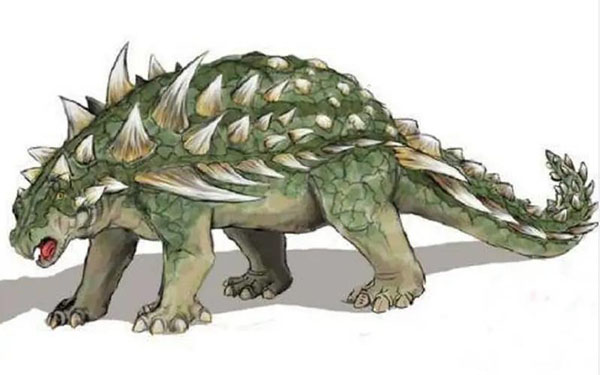
3. Are dinosaurs hot-blooded or cold-blooded animals
During the height of the "dinosaur renaissance" in the 1970s, one of the most controversial questions was whether dinosaurs were hot-blooded or cold-blooded. Today, more than 40 years later, dinosaur physiology remains a mystery. The latest hypothesis states that dinosaurs were mesothermic animals that relied on muscle activity to maintain their body temperature, but their body temperature fluctuated. There is no doubt that experts will continue to investigate and discuss this issue.
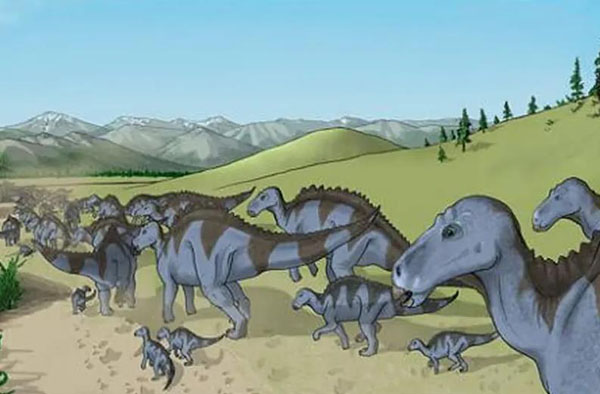
4. Who is the largest dinosaur
Of all the superlatives for dinosaurs, the title of largest dinosaur is considered the most valuable. But multiple changes in the evolutionary and fossil record prevent us from clearly identifying the true winner. The largest creatures, such as Superosaurus, Diplodocus, and Argentinosaurus, were around 100 to 110 feet long. This huge error is mainly due to the fact that we only know about them from part of their skeleton. We'll need more complex fossils to conclusively determine their size.
5. The role of dinosaur fashionable decoration
Many of our favorite dinosaur species were adorned with a variety of horns, spines, crests, and other bizarre structures. Why dinosaurs evolved the way they did has long been a source of debate among experts.
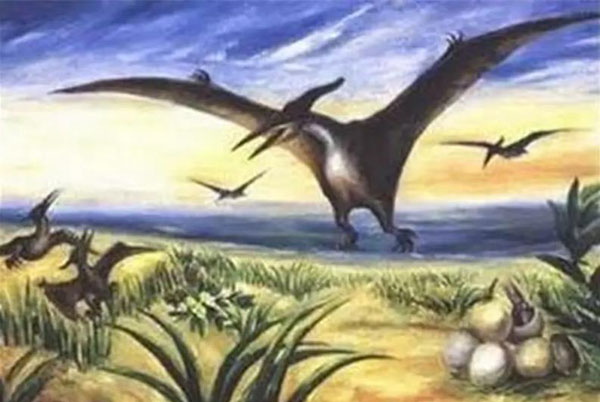
6. Did dinosaurs live in groups
Although there are scenes of dinosaurs hunting in groups in the movie "Jurassic Park," in fact we don't know whether carnivorous dinosaurs cooperated in hunting. While rare fossil tracks suggest that some carnivorous dinosaurs may have walked together, they don't tell us why they walked side by side.
7. Which kind of dinosaur roams at night
One of the most common metaphors used to describe the Mesozoic world is that small mammals barely survived the age of reptiles because they came out at night while the dinosaurs slept. The problem is that we have trouble knowing when dinosaurs woke up.
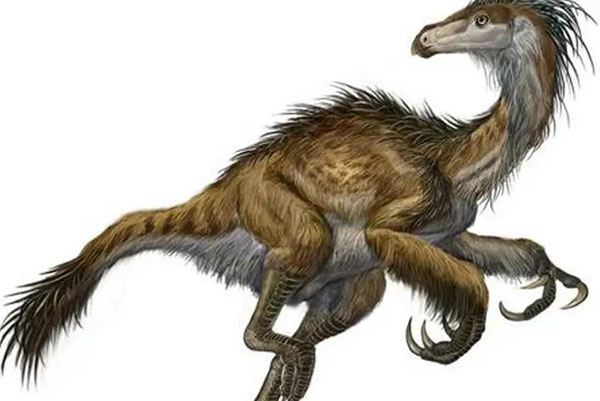
8. How did dinosaurs learn to fly
How did the avian branch of dinosaurs acquire this special ability? Paleontologists generally believe that dinosaurs acquired the ability to fly in several ways. The most popular theory now is the "ground takeoff" theory, which means that dinosaurs flapped their wings and took off from the ground. Research into the aerodynamics of feathered dinosaurs is giving us new insights into the matter, but details still need to be teased out from the fossil record.
9. Which dinosaur species are plush?
Research shows that many dinosaur lineages had fluffy individuals among their members. But it's not clear which dinosaurs artists should make furry. We also don't know if these feathers are an ancient feature of the common ancestor of all dinosaurs.
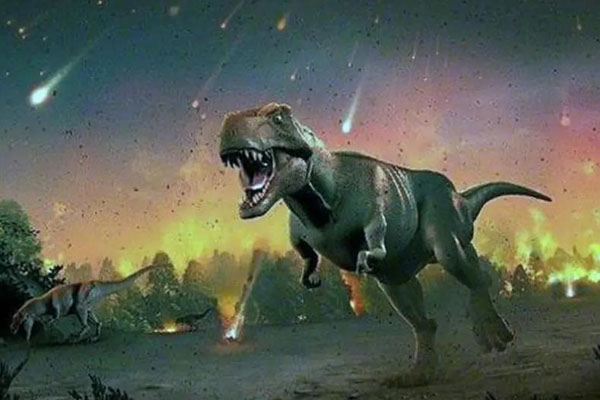
10. Why so many dinosaurs became extinct
There are still living ornithopteran dinosaurs (also known as birds), but all of their relatives became extinct in a geological disaster 66 million years ago, and paleontologists still don't know why. They couldn't answer how asteroid impacts, global ecological shifts and intense volcanic activity combined to cause all non-avian dinosaurs
animal tags: dinosaur embryo vertebrate eggshell
We created this article in conjunction with AI technology, then made sure it was fact-checked and edited by a Animals Top editor.